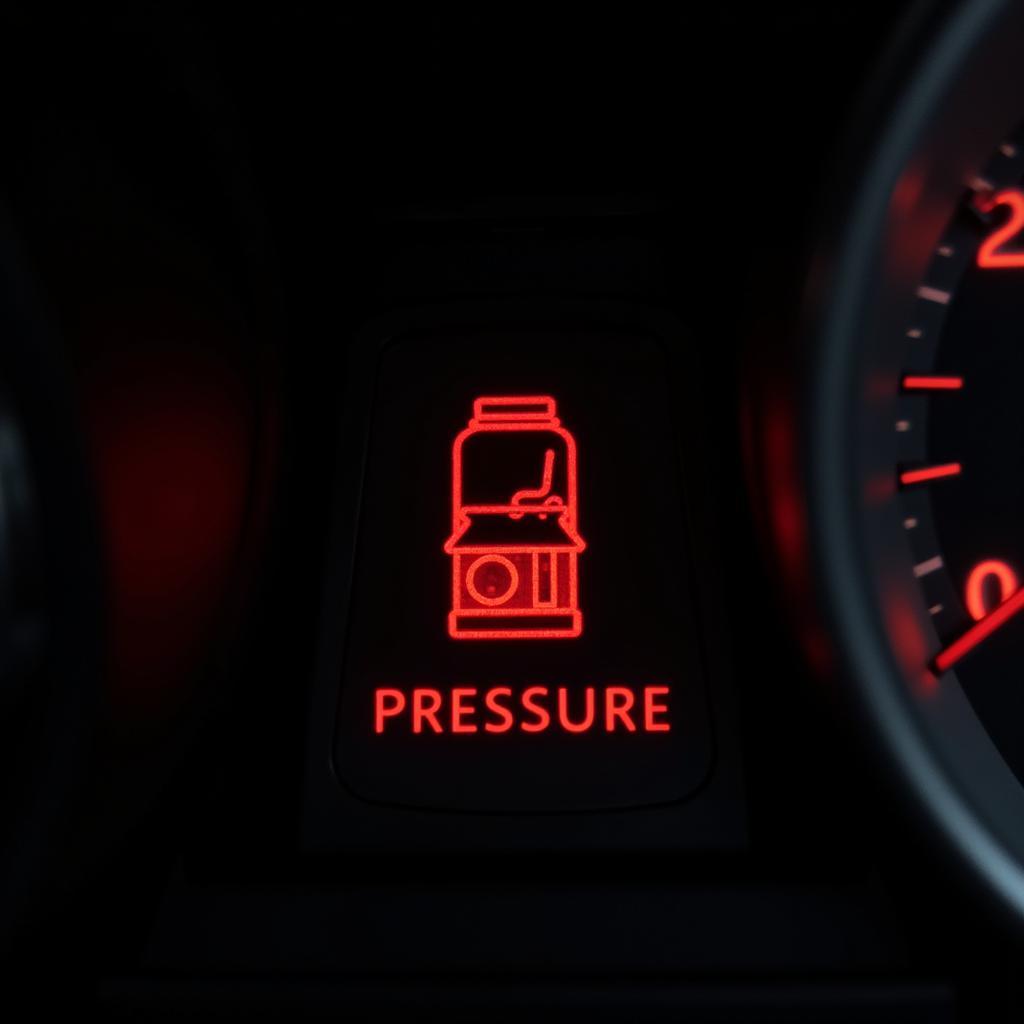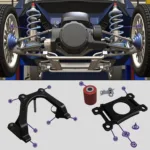A sudden illumination on your dashboard – the dreaded car repair light. It’s enough to send shivers down any driver’s spine, leaving you wondering about the severity of the issue and the potential cost of repairs. While it can certainly be unnerving, understanding your car repair light can save you time, money, and unnecessary stress. This comprehensive guide is here to demystify those glowing symbols and empower you to take control of your car troubles.
The Language of Your Dashboard: Understanding Different Car Repair Lights
Your car’s dashboard is like a communication hub, using various warning lights to signal potential problems. While some lights indicate minor issues, others warn of critical malfunctions that require immediate attention. Let’s break down some of the most common car repair lights and what they typically signify:
Engine Warning Light:
This often-dreaded light, usually depicted as a yellow engine outline, can indicate a wide range of engine-related problems. It could be something as simple as a loose gas cap or as complex as a malfunctioning oxygen sensor.
Check Engine Light:
Similar to the engine warning light, the check engine light, often appearing as a yellow outline of an engine block, signifies an issue with the engine’s emission control system. This could be triggered by a faulty spark plug, a problem with the catalytic converter, or even a failing oxygen sensor.
Oil Pressure Warning Light:
This critical warning light, usually displayed as a red oil can, indicates low oil pressure in the engine. If ignored, low oil pressure can lead to severe engine damage.
 Car Dashboard Showing Low Oil Pressure Warning Light
Car Dashboard Showing Low Oil Pressure Warning Light
Battery Charge Warning Light:
This light, typically a red battery icon, illuminates when the car’s charging system isn’t working correctly. This could point towards a failing alternator, a loose battery connection, or a problem with the battery itself.
Brake System Warning Light:
A red circle with an exclamation mark inside usually represents the brake system warning light. This light signals a problem with the braking system, such as low brake fluid, worn brake pads, or an issue with the ABS (Anti-lock Braking System).
Tire Pressure Monitoring System (TPMS) Light:
Resembling a tire with an exclamation mark, this light indicates low tire pressure in one or more tires. Maintaining proper tire pressure is crucial for optimal fuel efficiency, tire lifespan, and safe handling.
What to Do When a Car Repair Light Turns On
Seeing a car repair light illuminate can be stressful, but it’s crucial to remain calm and take appropriate action:
- Consult Your Owner’s Manual: Your car’s owner’s manual is your go-to resource for understanding specific warning lights and recommended actions.
- Assess the Severity: If the light is red and/or flashing, it usually indicates a serious issue that requires immediate attention. Pull over safely and consult a mechanic.
- Check for Obvious Issues: Some lights, like the check engine light, can be triggered by minor issues like a loose gas cap. Check for such possibilities before panicking.
- Schedule an Inspection: If you’re unsure about the cause of the warning light, it’s always best to err on the side of caution and schedule an inspection with a qualified mechanic.
Car Repair Lights: DIY or Mechanic?
While some car repairs are simple enough to tackle yourself, others require specialized knowledge, tools, and expertise. If you’re comfortable with basic car maintenance, you might consider addressing minor issues like replacing a burnt-out headlight bulb. However, for anything more complex, it’s always recommended to consult a qualified mechanic.
Best Car Repair Light: Choosing a Reliable Code Reader
Investing in a good quality code reader can be immensely helpful in diagnosing car problems. These handy devices plug into your car’s OBD-II port and can read the error codes triggering the car repair light, giving you a better understanding of the issue.
Preventing Future Car Troubles: Maintenance Tips
While it’s impossible to prevent all car problems, regular maintenance can significantly reduce the likelihood of unexpected breakdowns and costly repairs. Here are some proactive steps to keep your car running smoothly:
- Adhere to the Manufacturer’s Maintenance Schedule: Your car’s owner’s manual outlines a recommended maintenance schedule. Following this schedule ensures your car receives timely inspections and necessary services.
- Regular Oil Changes: Engine oil is the lifeblood of your car, and regular oil changes are crucial for maintaining engine health and performance.
- Check and Maintain Fluid Levels: Regularly check and top up essential fluids like coolant, brake fluid, and transmission fluid.
- Inspect Your Tires: Maintain proper tire pressure, rotate tires regularly, and inspect them for wear and tear.
FAQs About Car Repair Lights:
Q: Can I still drive my car with the check engine light on?
A: While it might be possible to drive short distances with the check engine light on, it’s crucial to get the issue diagnosed and resolved as soon as possible. Ignoring the check engine light can potentially lead to further damage and more expensive repairs.
Q: Why is my car repair light flashing?
A: A flashing car repair light usually indicates a more serious problem that requires immediate attention. It’s best to pull over safely and consult a mechanic.
Q: How much does it cost to fix a car repair light issue?
A: The cost of fixing a car repair light issue can vary greatly depending on the underlying problem. A minor issue like a loose gas cap can be inexpensive to fix, while a major engine repair can cost thousands of dollars.
Q: How often should I get my car serviced?
A: Refer to your car’s owner’s manual for the recommended service intervals. However, a good rule of thumb is to have your car serviced at least once a year or every 12,000 miles.
Need More Help with Your Car Repair Lights?
Do you have more questions about your car repair lights? We’re here to help! Contact us via WhatsApp at +1(641)206-8880 or email us at [email protected]. Our team of experts is available 24/7 to provide you with the information and support you need.
We also have other helpful resources available on our website:
- Car Repair Lights: Learn more about different types of car repair lights and their meanings.
- Self Maintenance Car Repair Lights: Discover which car repair light issues you can potentially address yourself.
- Car Light Repair Shop Near Me: Find a qualified mechanic in your area to diagnose and fix your car repair light problem.
- Light Repair for Car: Explore common car light repair services and get estimated costs.

